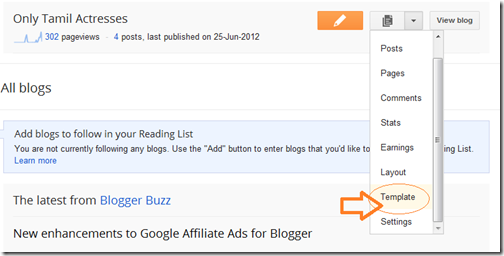The first thing you need to do to install WordPress is to download the latest installation package. Make sure that you download WordPress only from the official download page.
Once the download is complete, extract the archive and upload it to your web hosting account. You can do that via FTP using a client application like Filezilla or via cPanel -> File Manager -> Upload file(s). If you want this WordPress installation to be main for your website, the files should reside in the public_html folder of your account. However, you can always make a subfolder (i.e. public_html/blog) if you want to run only part of your website on WordPress.
Next, navigate to your website to start with the installation process. If you have uploaded WordPress in your public_html directory you'll need to go to http://yourdomain.com in your preferred browser. The first thing you will notice is a message, telling you that you don't have a wp-config.php file and you should create one. Just click on the Create a ConfigurationFile button to proceed.

On this page you will see a message, asking you to prepare the necessary information for the installation. Basically, you need to make a new MySQL database, username for it and grant that username the appropriate permissions for this database. For detailed information on how to do that, please refer to our MySQL tutorial. Once you have your database info, hit the Let’s go! button.

Enter the details for your newly created MySQL database and press the Sumbit button

On the next screen you will have to enter the information about your administrative username and the title of your new site. In addition, you can specify whether you'd want search engines to index your site or not. Once you fill in that information, press the Install WordPress button. Bear in mind, however, that you should specify a real email address. It can be later used in case you forget your password.

That's it! Your new WordPress application is installed. You can use the Login In button to access your administrative backend and start posting in your new site.



















